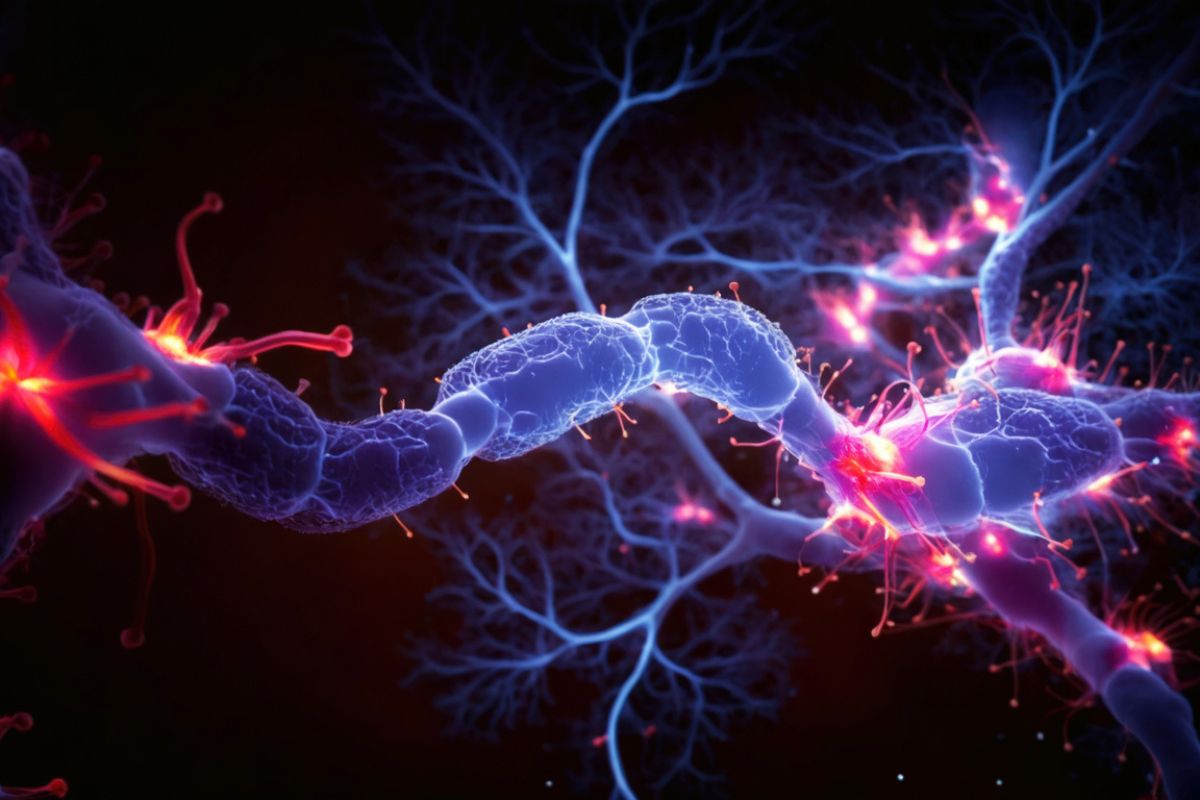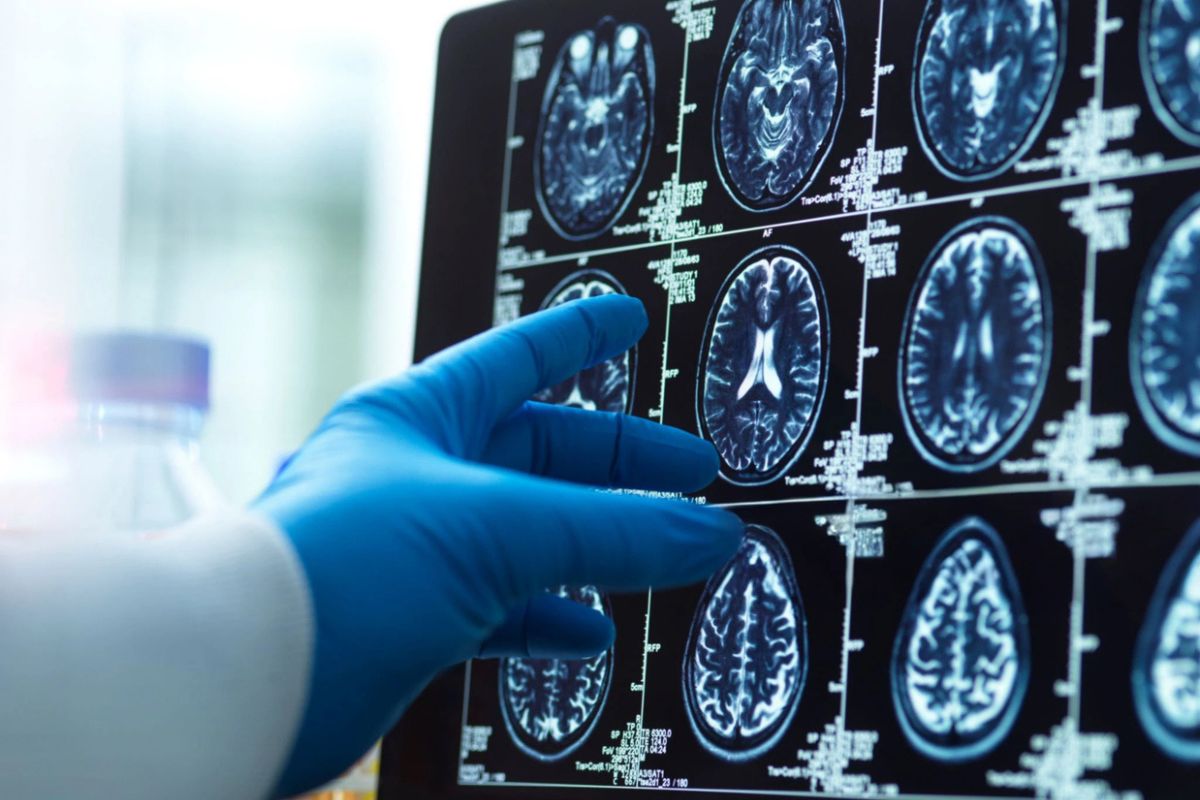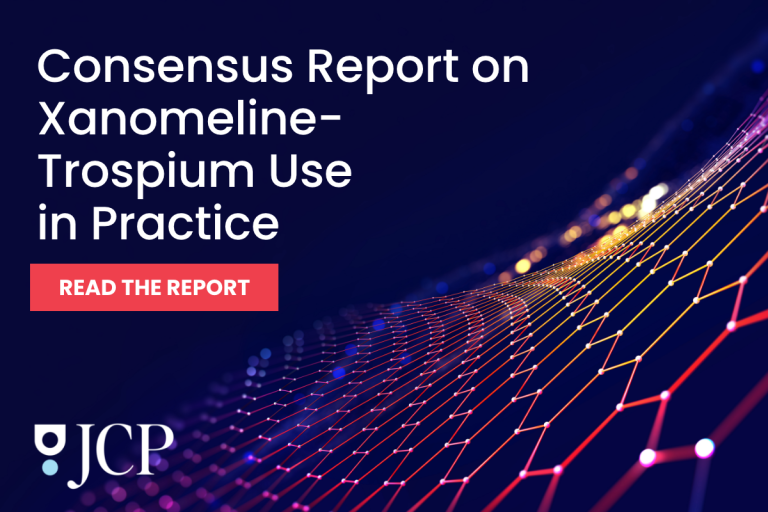A small but revealing new study out of McGill University suggests that mixing tobacco with cannabis could mess with our brain chemistry more dramatically than previously suspected.
The research, appearing in Drug and Alcohol Dependence Reports, provides the first in-vivo evidence that tobacco co-use is associated with elevated levels of a brain enzyme that regulates endocannabinoids—chemicals crucial for mood, motivation, and emotional balance.
“This is the first evidence in humans of a molecular mechanism that may underlie why people who use both cannabis and tobacco experience worse outcomes,” lead author and McGIll associate professor Rachel Rabin said in a statement.
Two Drugs. One Neurochemical System.
Cannabis and tobacco share deep behavioral and biological ties. Up to 80% of cannabis users also consume tobacco products, often in the same session, by mixing tobacco with marijuana or switching back and forth between the two.
Previous studies show that chronic use of either drug disrupts the endocannabinoid system, which helps regulate stress and pleasure responses. Researchers have linked low levels of anandamide—the brain’s “bliss molecule”—and heightened activity of its degrading enzyme, fatty acid amide hydrolase (FAAH), to anxiety, depression, and greater vulnerability to addiction. Animal and imaging studies have separately found that both nicotine and cannabis can alter this system. But, until now, no human research had looked closely at how co-use of both substances affects FAAH activity.
Co-Users vs. Cannabis-Only Users
Lead author Rachel Rabin, PhD, and colleagues recruited more than a dozen young adults who used cannabis at least four days a week. Five also smoked cigarettes daily (“co-users”), while eight didn’t. Using positron emission tomography (PET) scans with a radiotracer, the team measured FAAH activity across six brain regions:
- The prefrontal cortex.
- Hippocampus.
- Thalamus.
- Striatum.
- Substantia nigra, and
- Cerebellum.
The researchers then asked participants to abstain from cannabis overnight before the scan but they did let them know that they could smoke tobacco freely. The team also accounted for differences in the FAAH gene that can affect enzyme levels.
Elevated FAAH in Key Brain Regions
Co-users showed dramatically higher FAAH levels than cannabis-only users in the substantia nigra and in the cerebellum. A similar trend appeared in the sensorimotor striatum.
Additionally, FAAH levels in the cerebellum correlated strongly with the number of cigarettes smoked per day, hinting at a direct link between tobacco exposure and endocannabinoid disruption.
Surprisingly, no relationship emerged between FAAH activity and the amount of cannabis consumed. This, the authors contend, suggests that tobacco, not cannabis, might be the main driver of this biochemical shift.
“What surprised us was how strong the effect was, and how different it was from those who only used cannabis, compared to those who used both tobacco and cannabis,” co-author and McGill psychiatry professor Romina Mizrahi added.
A Path to Worse Clinical Outcomes?
People who partake of both substances tend to report tougher withdrawal symptoms, exaggerated anxiety and depressive symptoms, and a much stronger dependence than those who use cannabis alone. Elevated FAAH could help explain that.
By breaking down anandamide faster, higher FAAH activity might curb the brain’s natural ability to handle stress and maintain mood stability.
Rabin’s team proposes that tobacco might “sensitize” the endocannabinoid system to cannabis, forcing the brain to overproduce FAAH to compensate. This neurochemical tug-of-war could leave co-users more vulnerable to mood disorders and relapse.
Future Directions
Future research, Rabin pointed out, should include larger samples across four subgroups: cannabis-only, tobacco-only, co-users, and non-users.
Longitudinal designs could also test whether elevated FAAH predicts poor mental-health outcomes or greater relapse risk.
While legalization and shifting cultural attitudes have made cannabis use more common, this study underscores a much more subtle threat: the hidden neurobiological cost of co-use.



